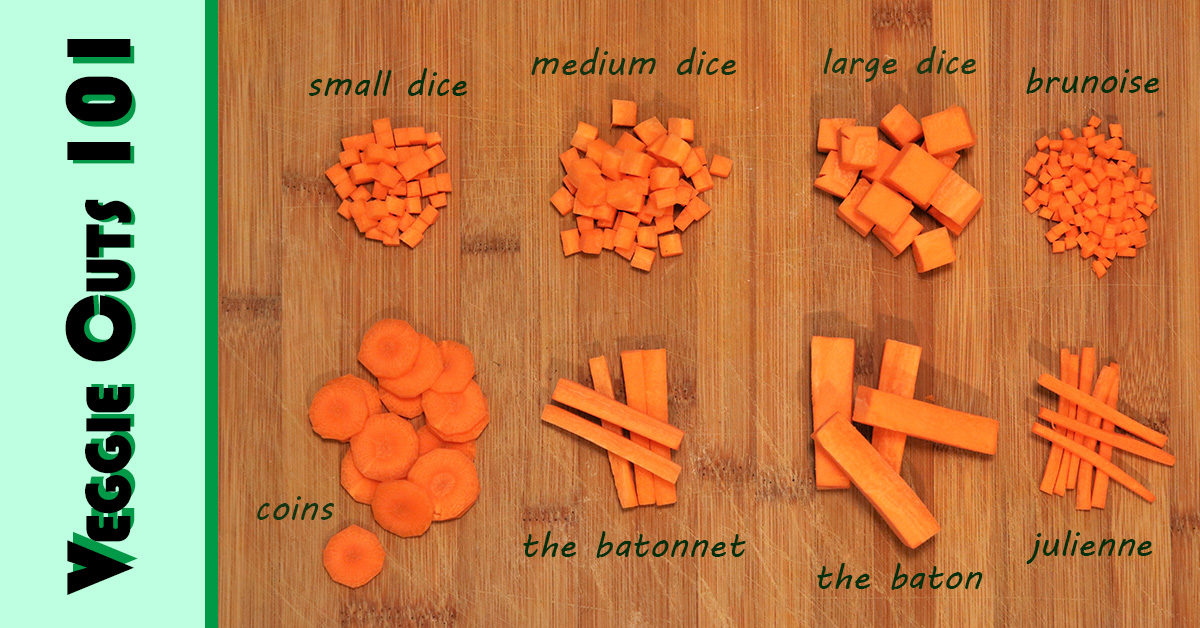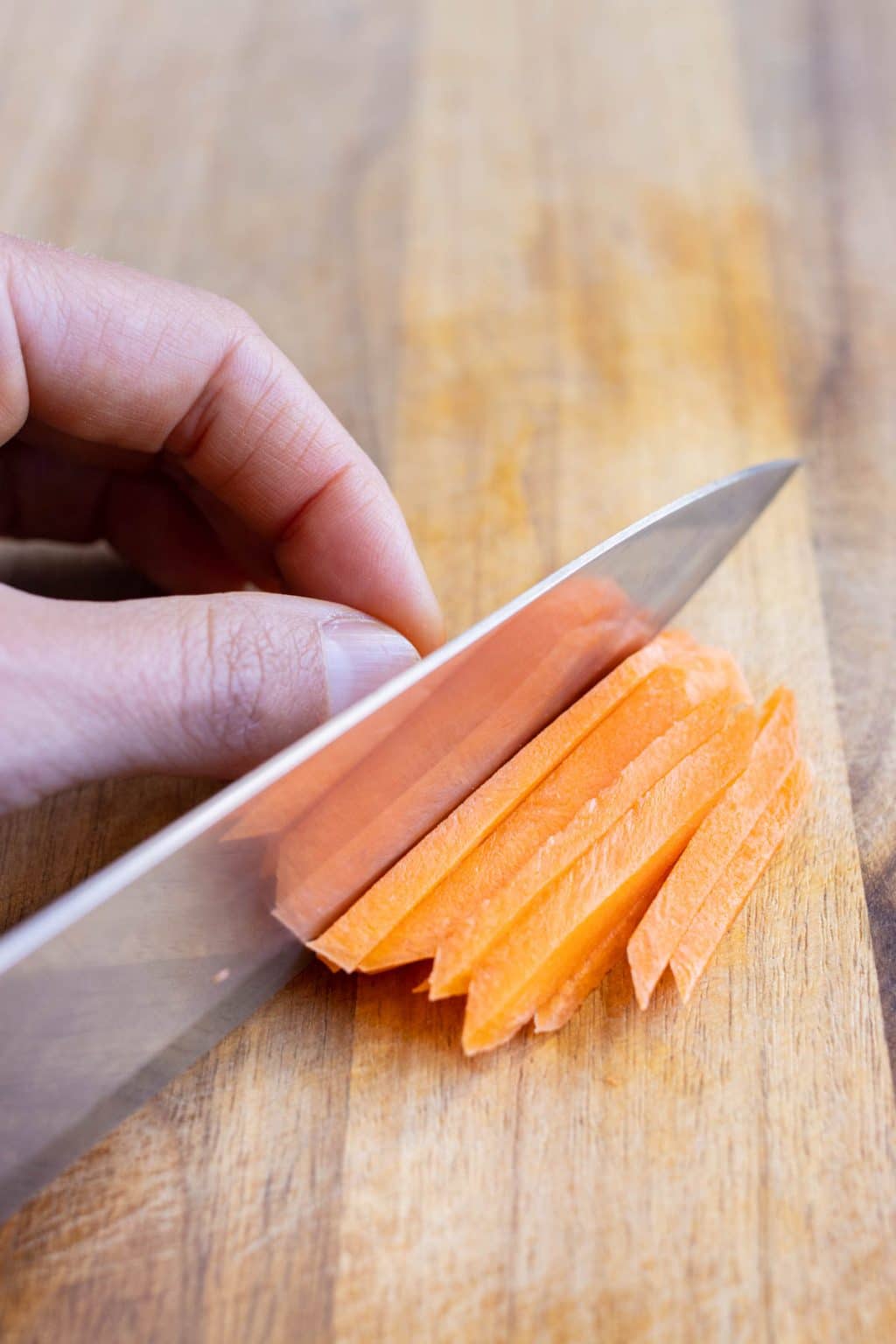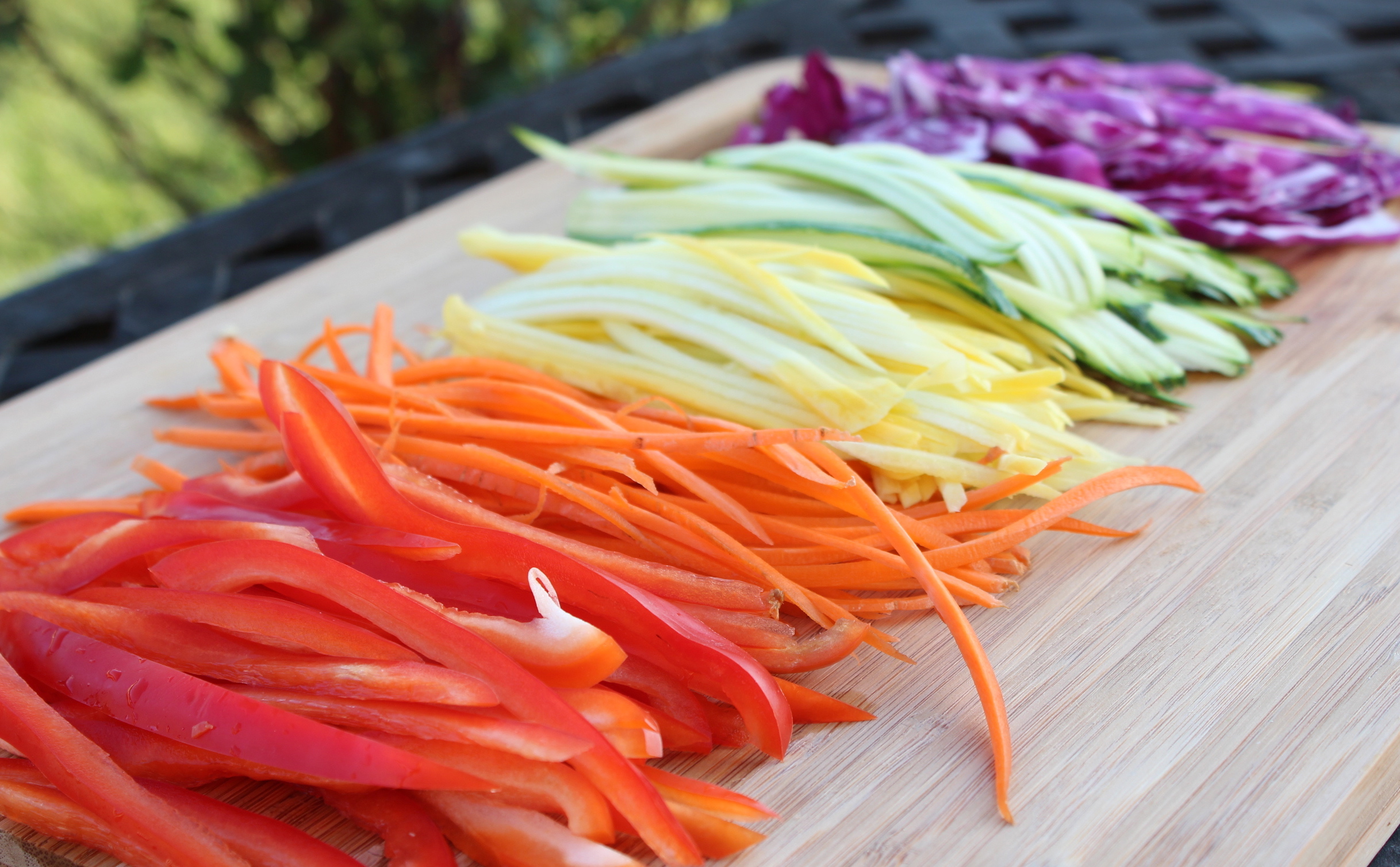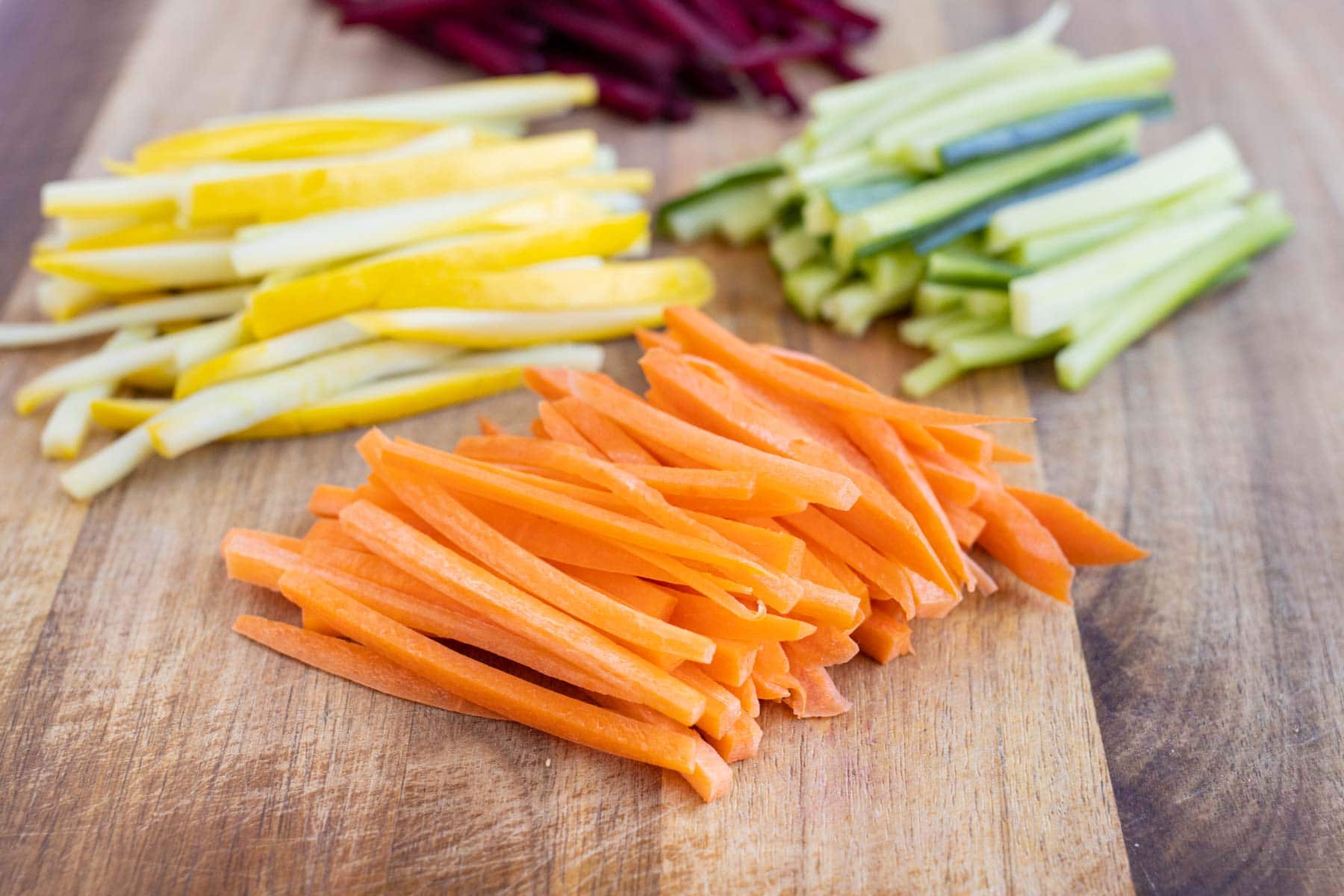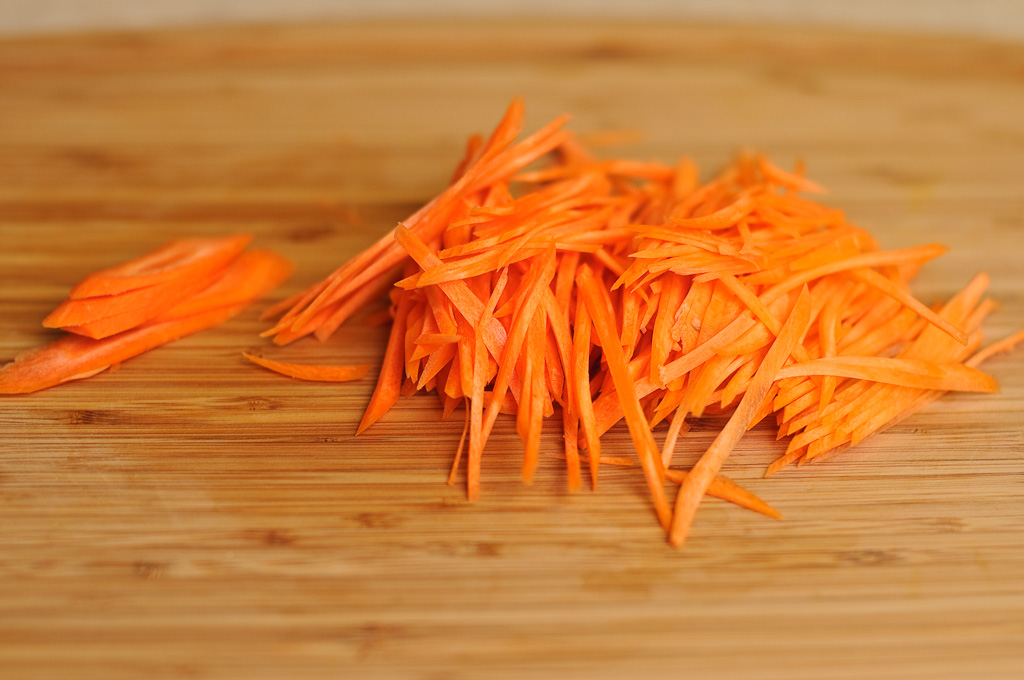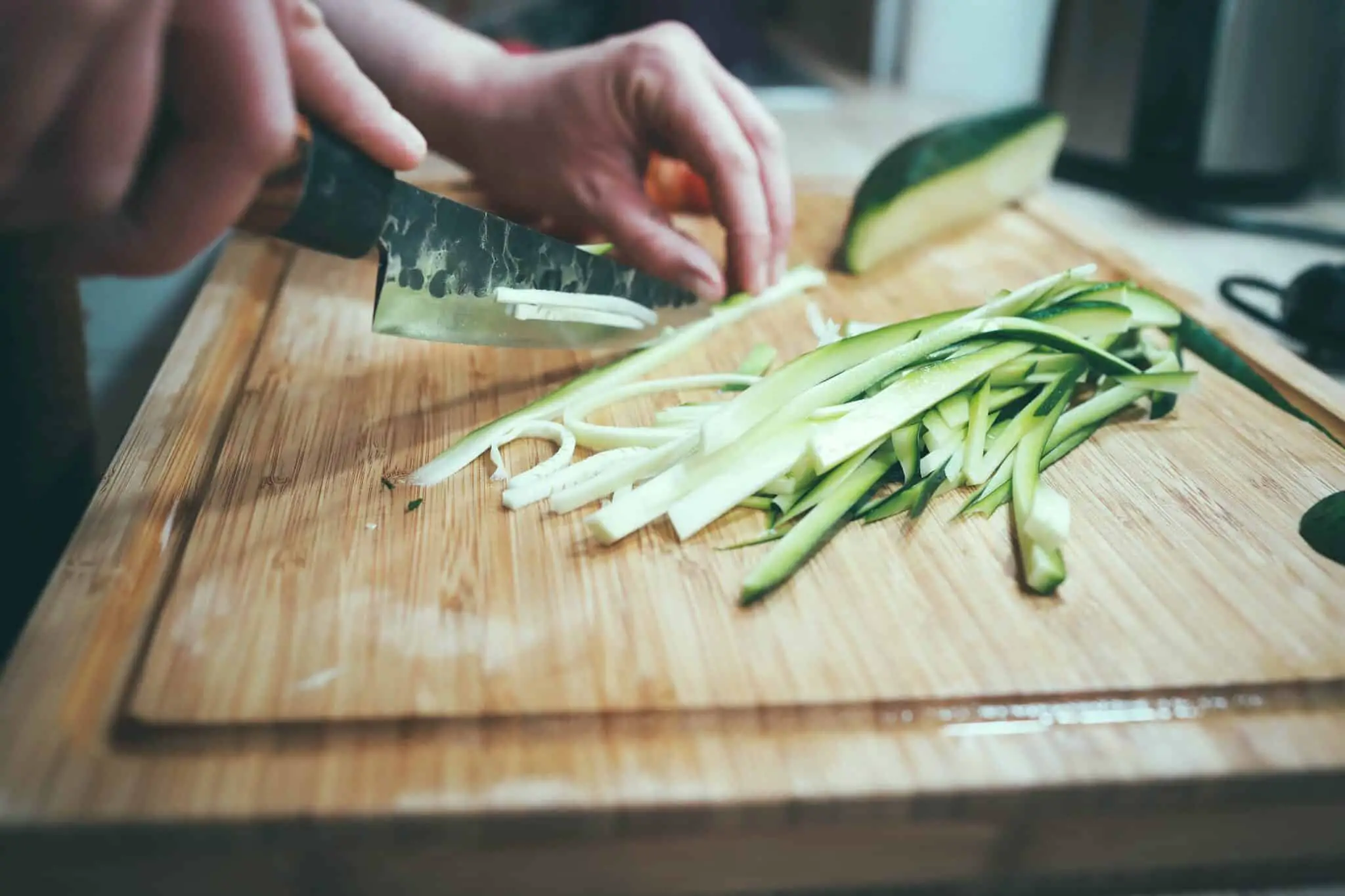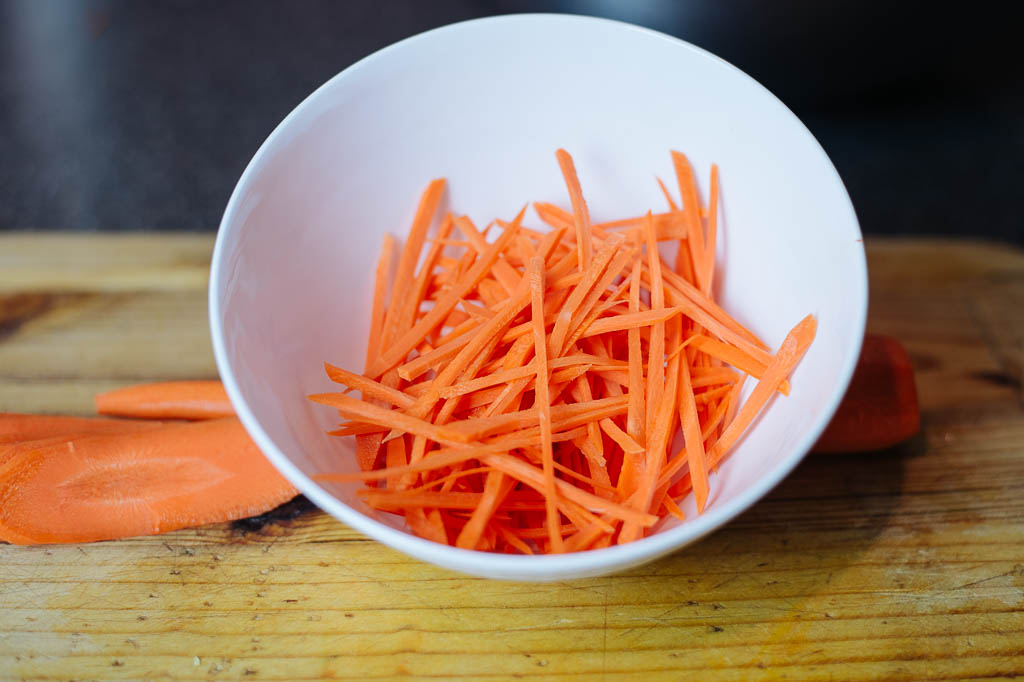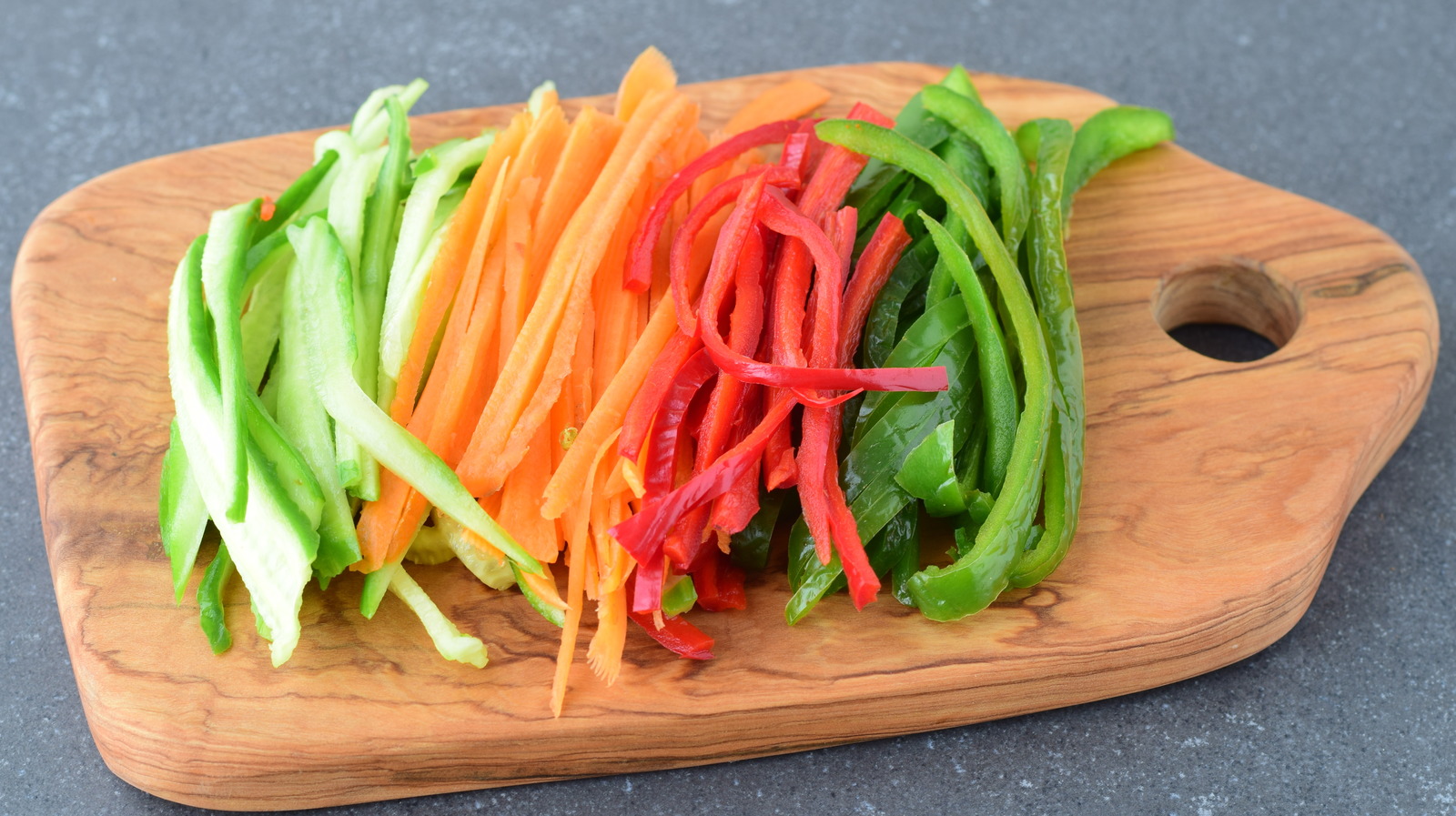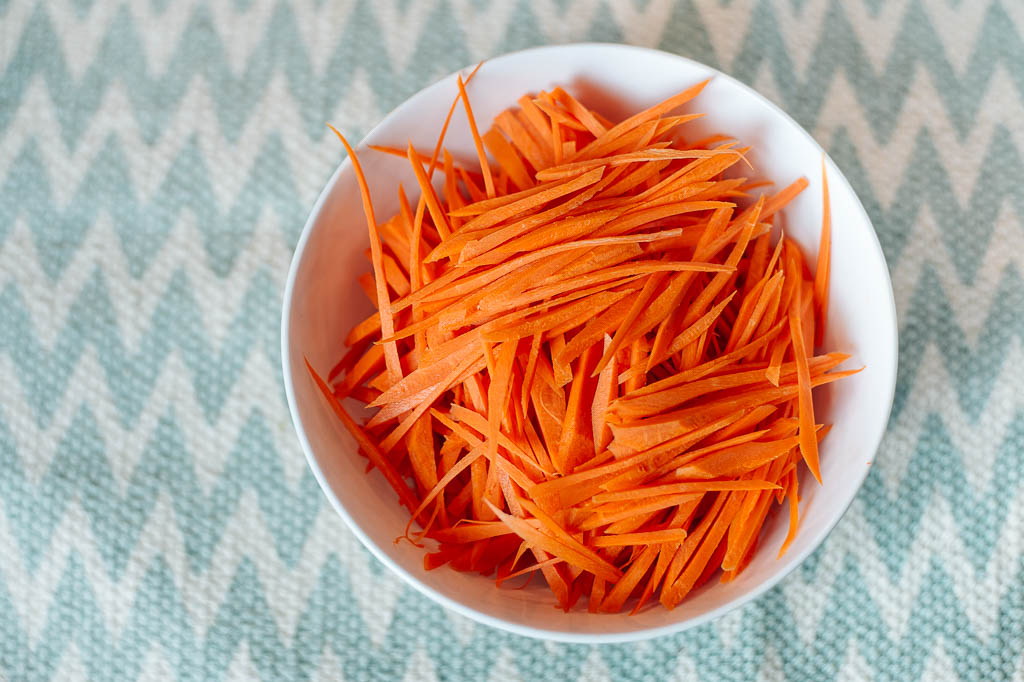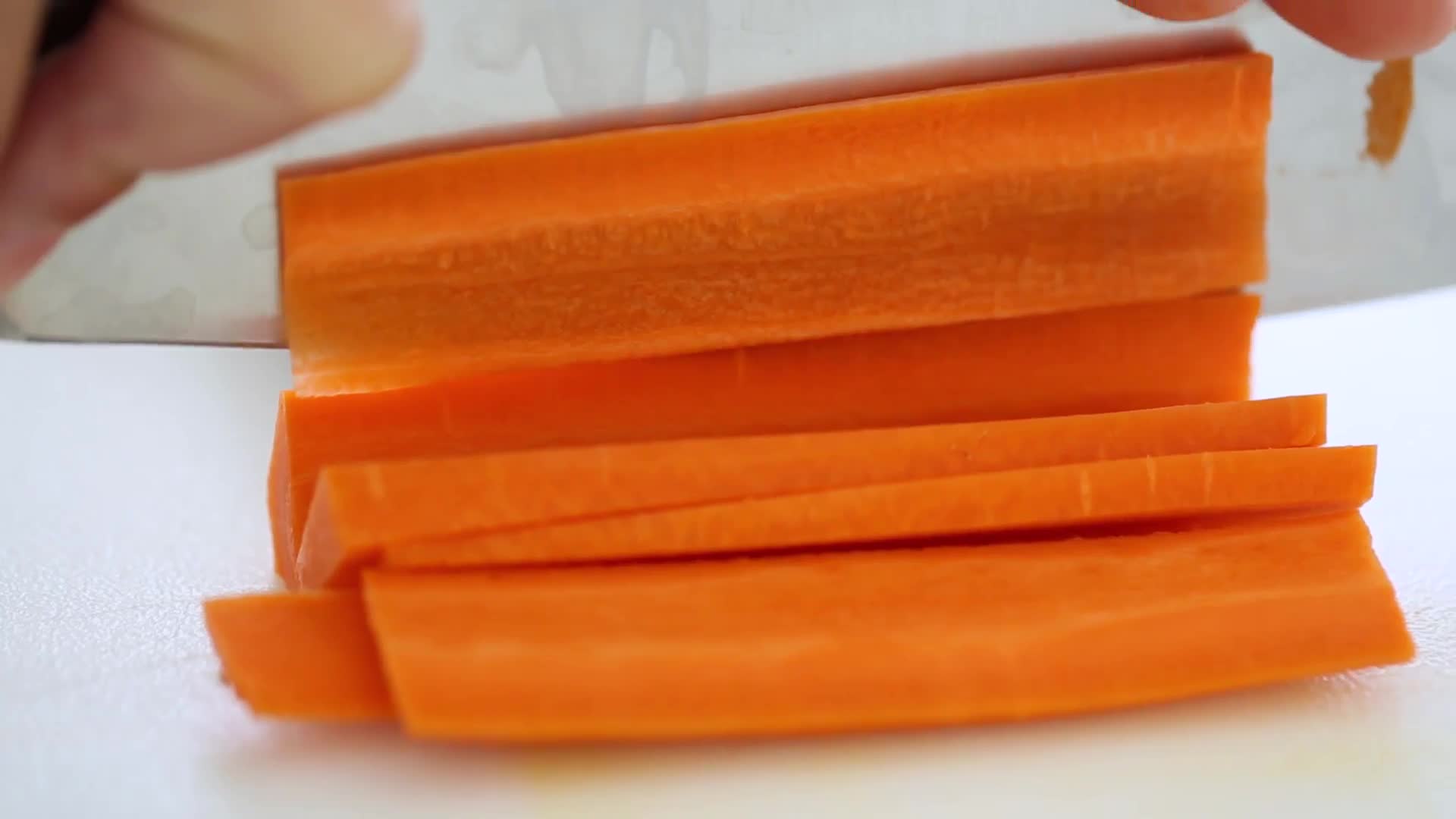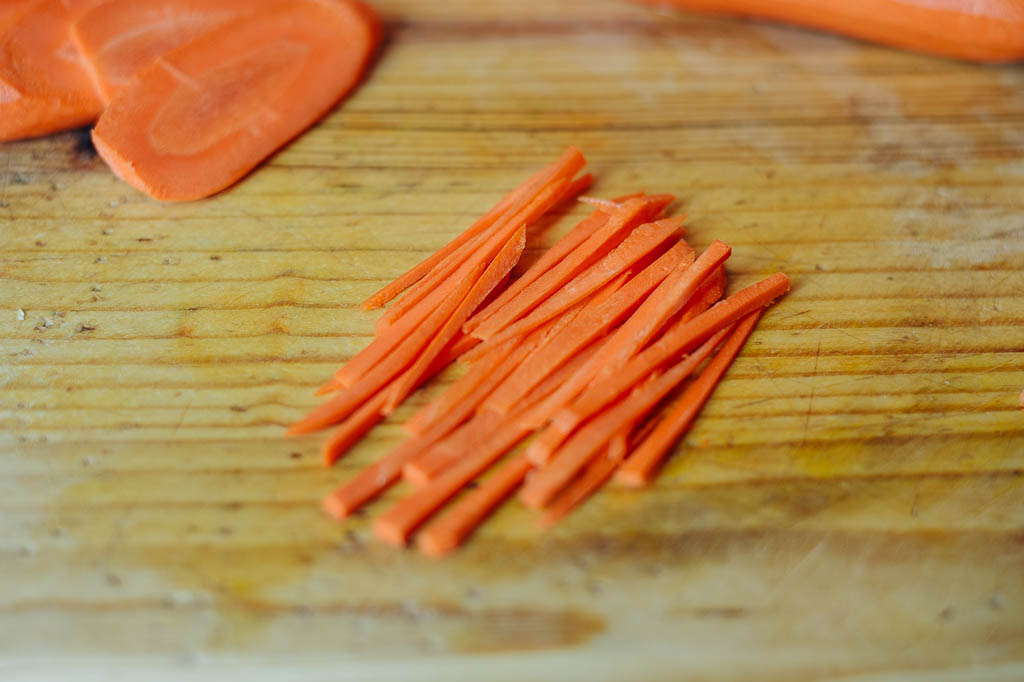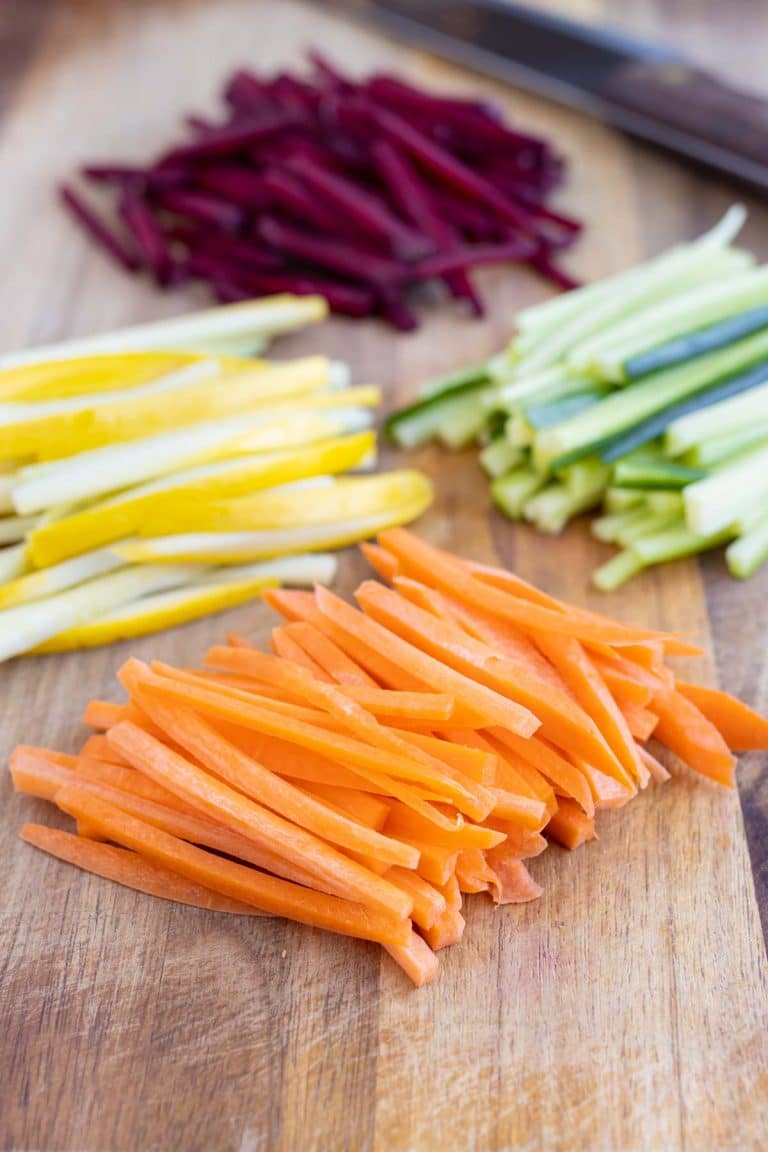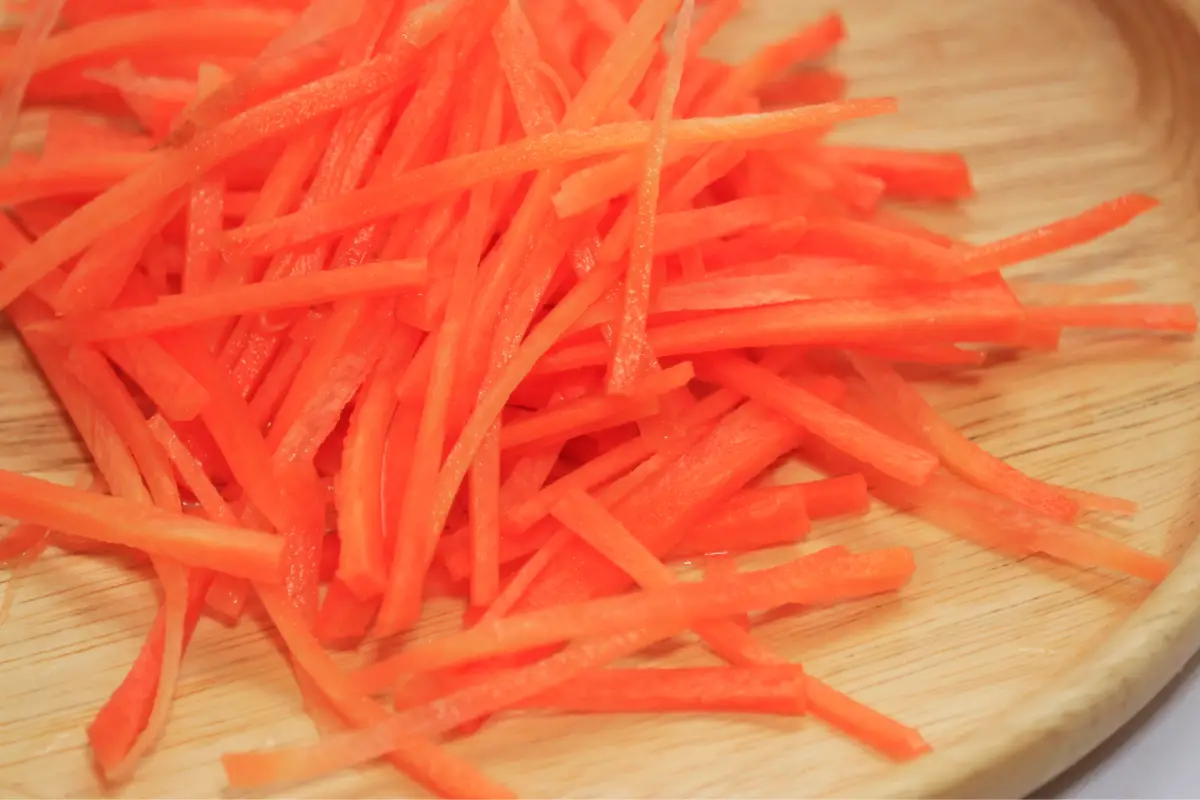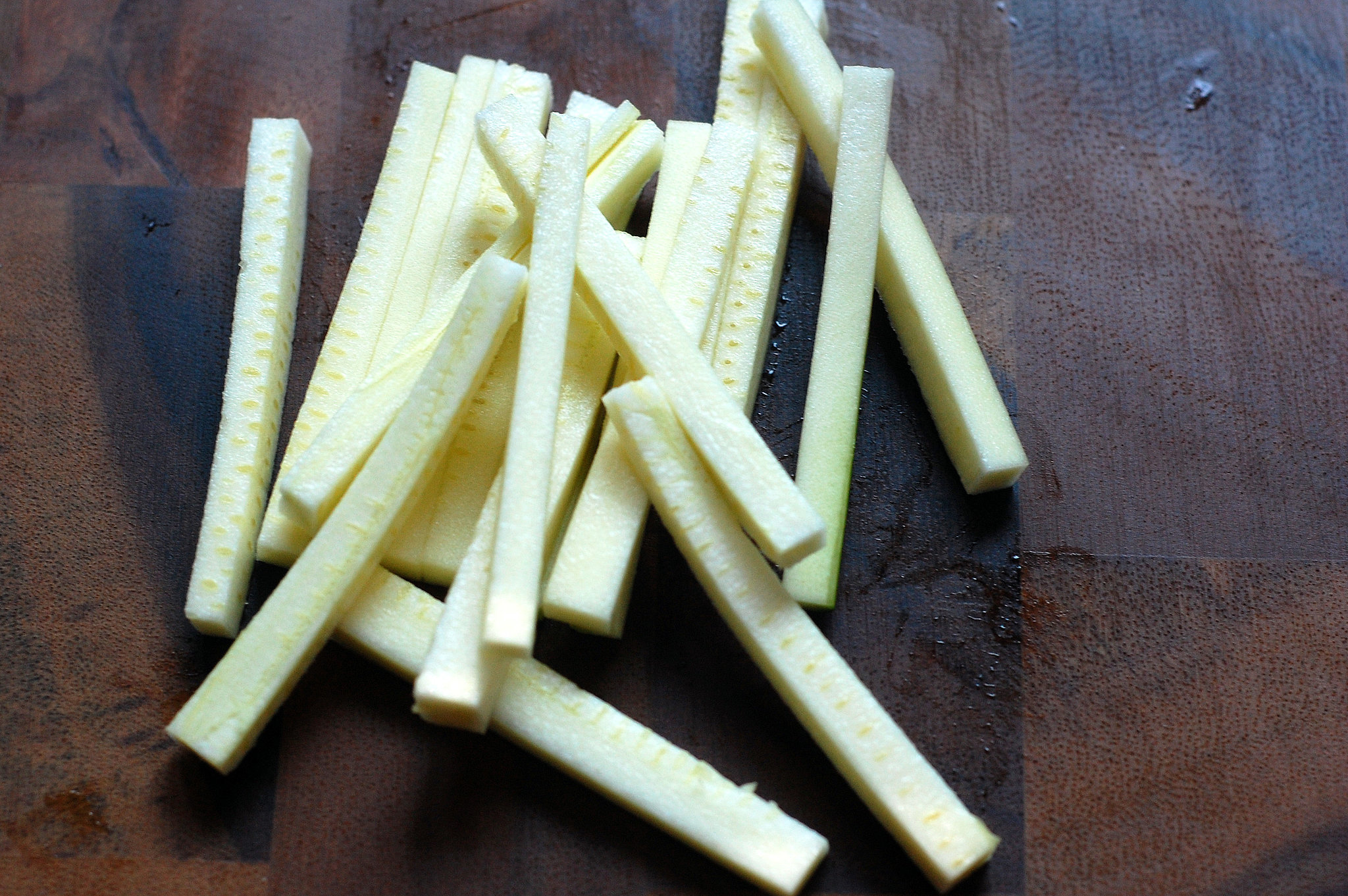Who Else Wants Info About What Cut Is Julienne But Thicker Images Of Half Up Down Wedding Hairstyles

It can be used to make foods look stylish on the plate, and to ensure that foods will be cooked evenly and thoroughly.
What cut is julienne but thicker. This type of cut is often used to make dishes look attractive,. Now, there are some people that forgo the artistry of chopping vegetables in the julienne style in lieu of using a mandolin,. Having trouble chopping onions into perfect thin strips for your recipes?
Julienne cuts are thin, even slices of a vegetable or fruit made by squaring off the edges of said veggie or fruit and cutting it into planks and then strips. You will most often use this cut for carrots, celery, or potatoes, and see the thin strips used as a garnish. This cut is actually rather easy to accomplish, especially with the assistance of a mandoline slicer.
While julinning is used primarily for vegetables, chiffonade is used for leafy foods like herbs. Achieving this level of uniformity requires a sharp chef’s knife and a steady hand. It’s important to use a steady hand and a sharp knife for precise cuts.
This cut is commonly used for vegetables like carrots, bell peppers, and zucchini, and is a fundamental knife skill in culinary arts. How to julienne a potato. Julienne, allumette, or french cut, is a culinary knife cut in which the food item is cut into long thin strips, similar to matchsticks.
How do you do a julienne cut? The result gives you flat, trimmed slices of fruits and. A julienne cut is a french term for cutting techniques that produce thin slices of vegetables for cooking food or sauces.
The dimensions for julienne are roughly 3mm x 3mm x 5cm. To cut julienne, follow the following steps: Decide how thick/thin you’d like your potatoes and each cut should be made at that same thickness
One of the first principles to know is that it’s easier to cut potatoes (or anything really) once they have a flat side; Next, cut off little blocks, before slicing those into little, even sticks — otherwise known as julienne. Common items to be julienned are carrots for carrots julienne, celery for céléris remoulade, potatoes for.
Julienning onions results in uniform slices or dices ideal for onion rings, salads, soups, stir fries, and more. Then we go from there; Use a sharp knife and cut it down in the middle of your vegetable.
It means to cut thin strips or sticks to be used as both ingredients and garnish. There are two different ways to julienne vegetables—the traditional way, where veggies are cut vertically, and an alternate way, where cylindrical veggies are sliced at an angle. Julienne cuts lend themselves well for toppings, sidings, and garnishes.
While “julienne” and “batonnet” both refer to long, rectangular vegetable cuts, batonnets are significantly thicker than juliennes. This cut is typically used for firm vegetable like carrots, cucumbers, or celery. Julienne and chiffonade both involve cutting an ingredient into thin pieces.
